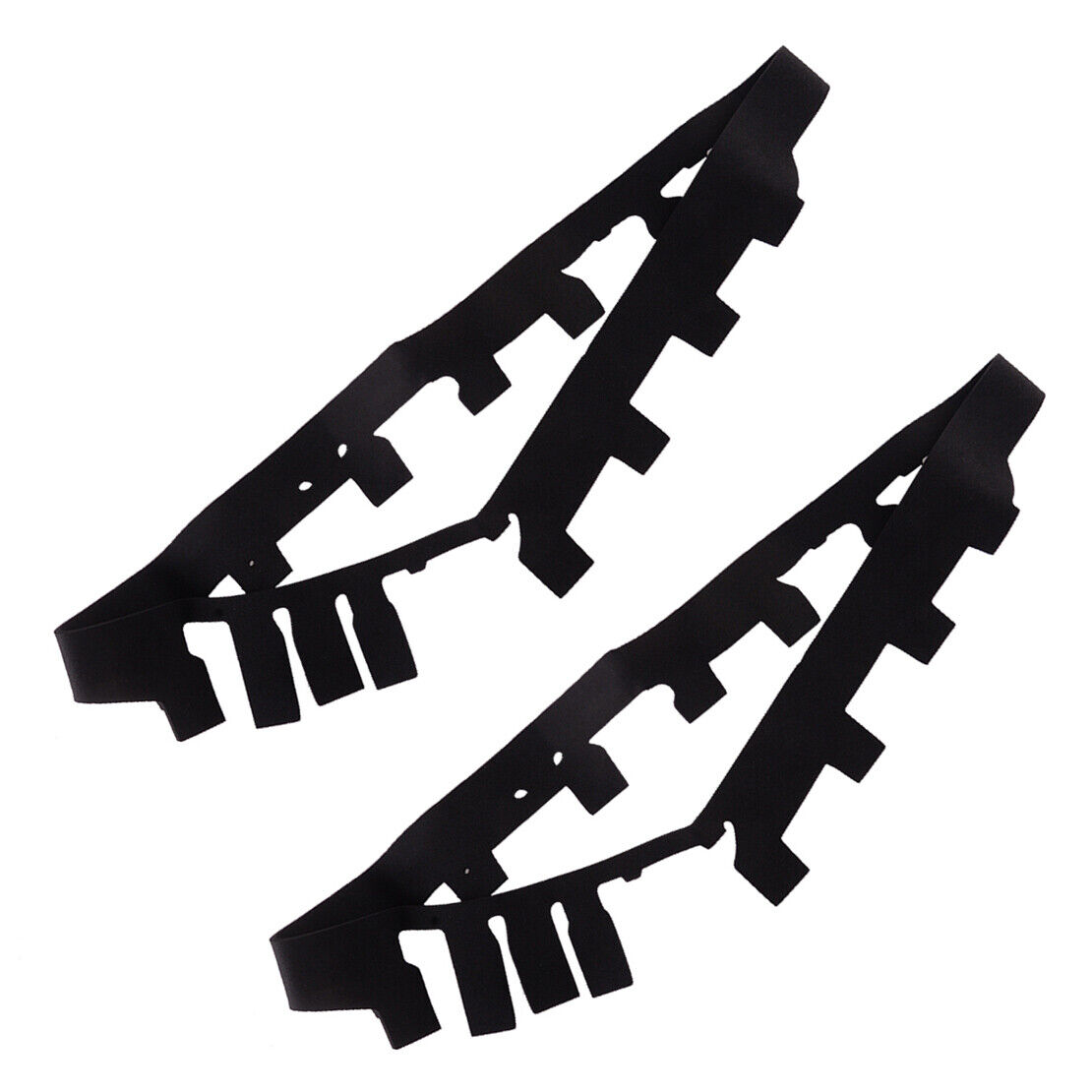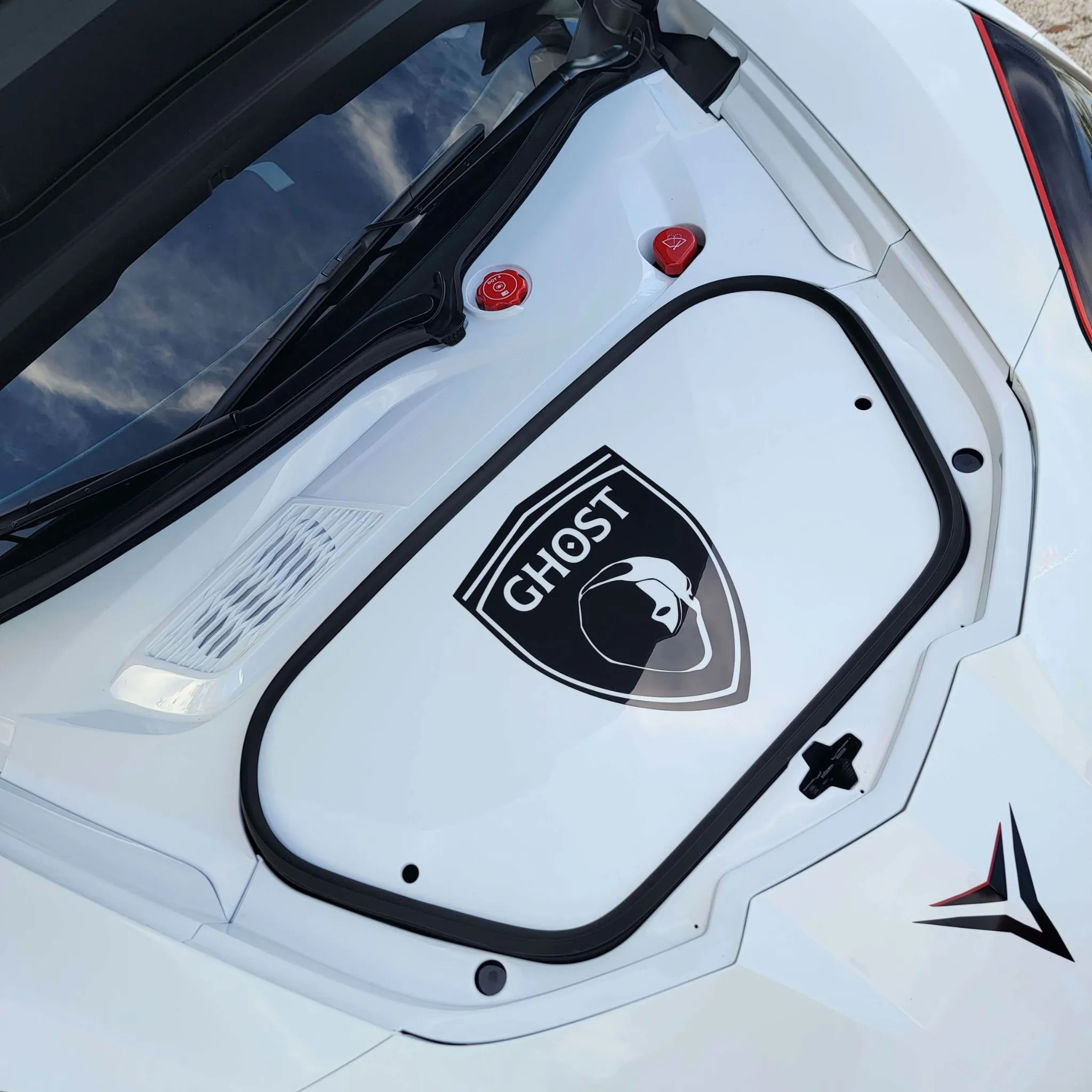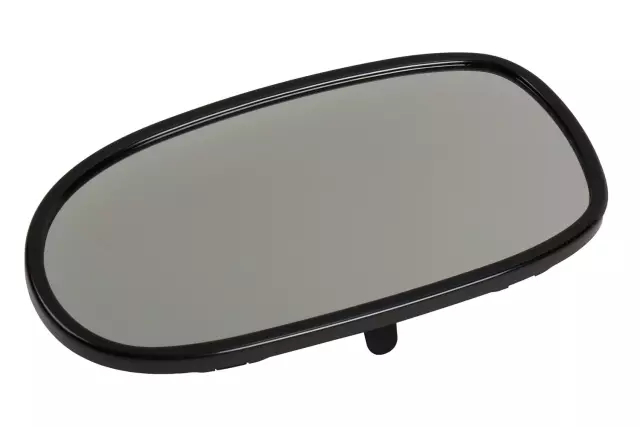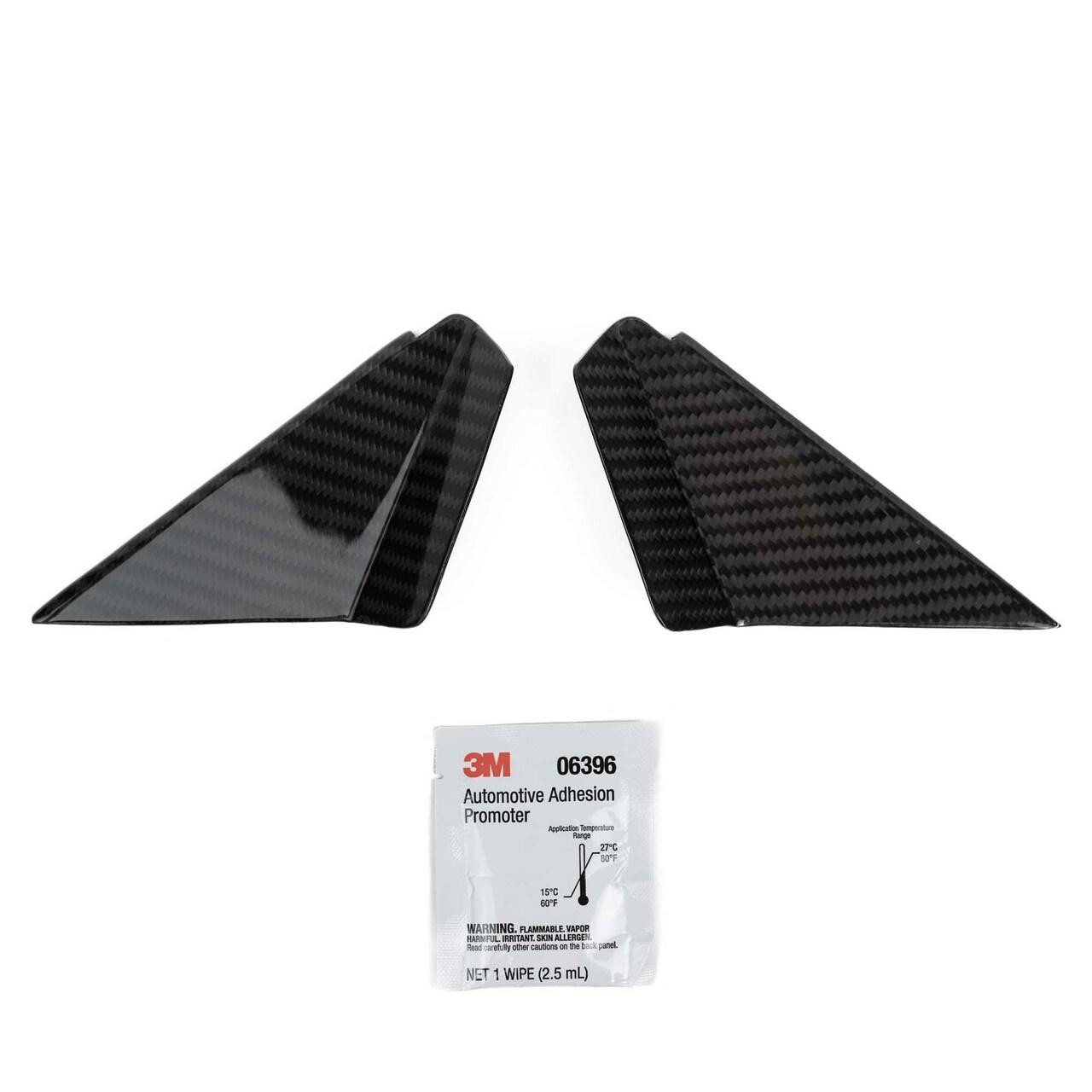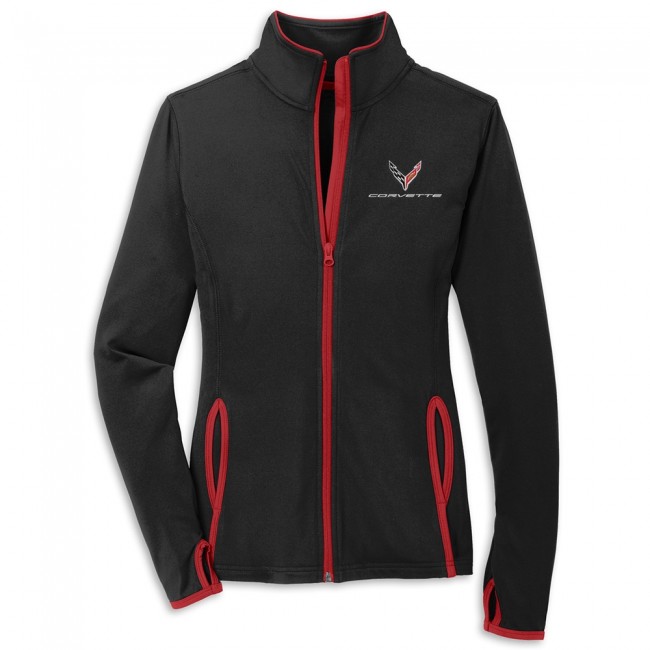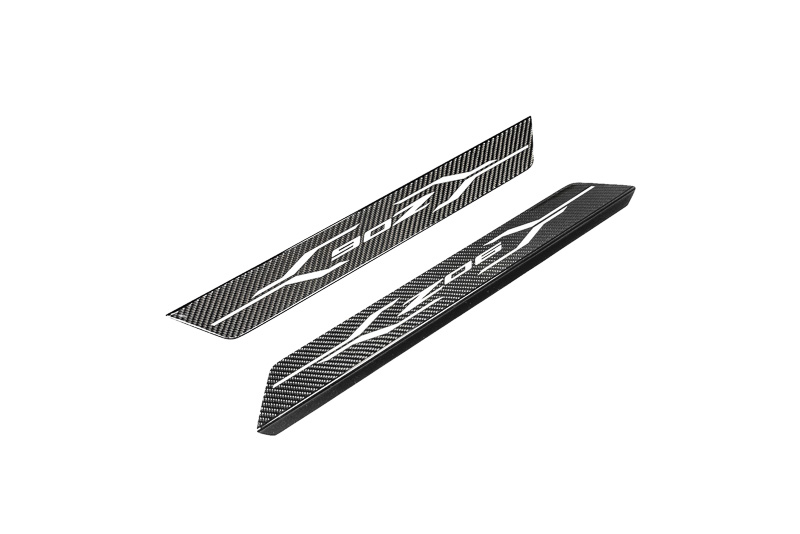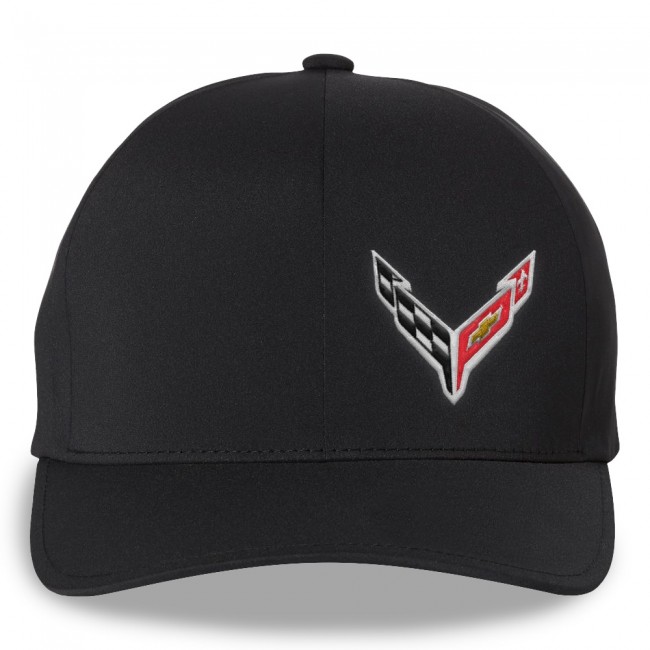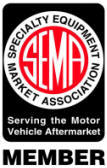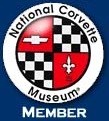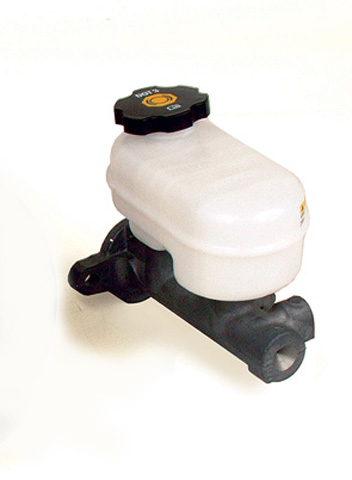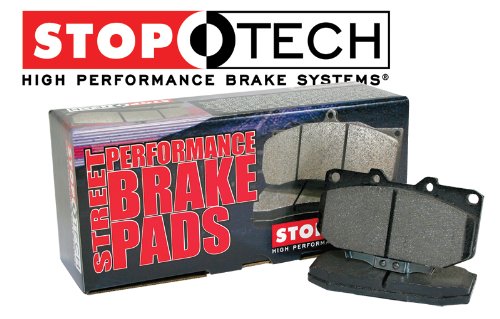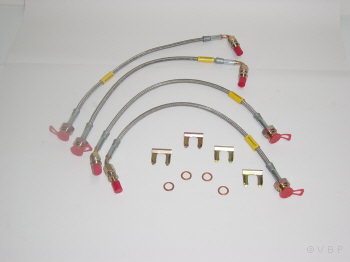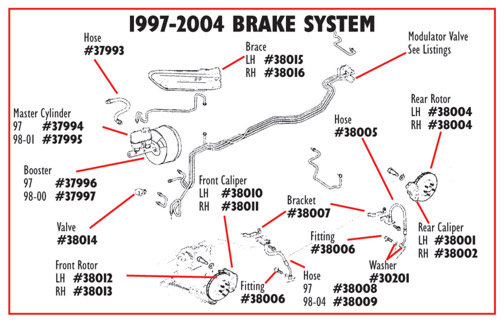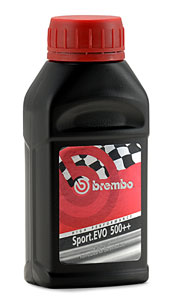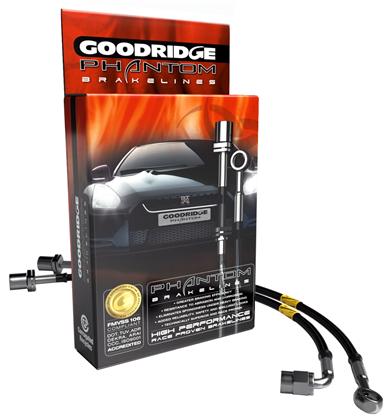Brake Lines & Fluid
Brake Lines & Fluid
Tech Tip:
"If you have ever lost a race because your brake pedal went to the floor, it was probably because you boiled the fluid. This is because your fluid was old, or of poor quality. Either way, you lost a race that could have been won for under $8.00. Don't let it happen again! Ours is even less expensive when purchased as a case of 12!"
Brake Fluid
Brake fluid is a special oil that has specific properties. It is designed to withstand cold temperatures without thickening as well as very high temperatures without boiling. (If the brake fluid should boil, it will cause you to have a spongy pedal and the car will be hard to stop.) Brake fluid must meet standards that are set by the Department of Transportation (DOT). The current standard is DOT-3, which has a boiling point of 460º F. But check your owners manual to see what your vehicle manufacturer recommends.
The brake fluid reservoir is on top of the master cylinder. Most cars today have a transparent reservoir so that you can see the level without opening the cover. The brake fluid level will drop slightly as the brake pads wear. This is a normal condition and no cause for concern. If the level drops noticeably over a short period of time or goes down to about two thirds full, have your brakes checked as soon as possible. Keep the reservoir covered except for the amount of time you need to fill it and never leave a can of brake fluid uncovered. Brake fluid must maintain a high boiling point. Exposure to air will cause the fluid to absorb moisture, which will lower that boiling point.
NEVER PUT ANYTHING BUT APPROVED BRAKE FLUID IN YOUR BRAKES. ANYTHING ELSE CAN CAUSE SUDDEN BRAKE FAILURE! Any other type of oil or other fluid will react with the brake fluid and very quickly destroy the rubber seals in the brake system causing brake failure.
Brake Lines
The brake fluid travels from the master cylinder to the wheels through a series of steel tubes and reinforced rubber hoses. Rubber hoses are used only in places that require flexibility, such as at the front wheels, which move up and down as well as steer. The rest of the system uses non-corrosive seamless steel tubing with special fittings at all attachment points. If a steel line requires a repair, the best procedure is to replace the complete line. If this is not practical, a line can be repaired using special splice fittings that are made for brake system repair. You must never use brass "compression" fittings or copper tubing to repair a brake system. They are dangerous and illegal.
|
- Shopping Cart 0 items
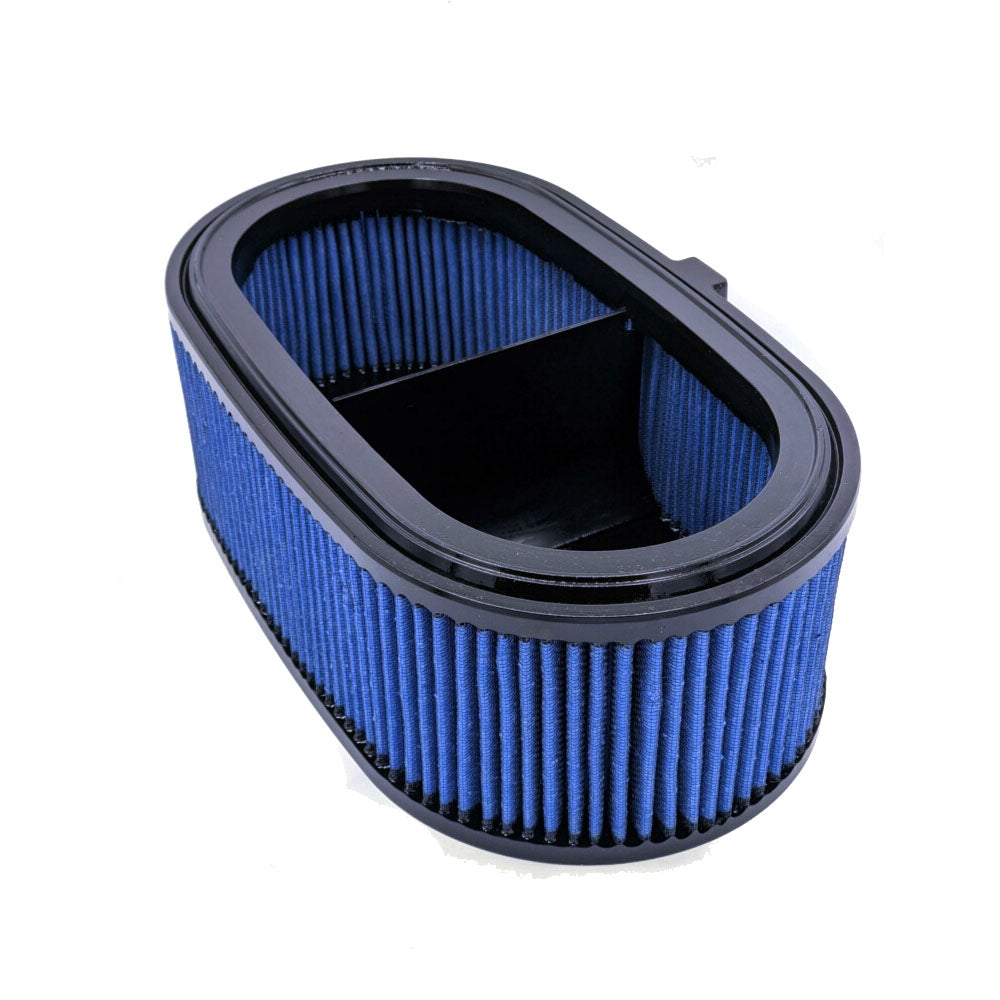
Corvette Attack Blue Dry Nano High Flow Filter, C8 Stingray, Z51 LT2
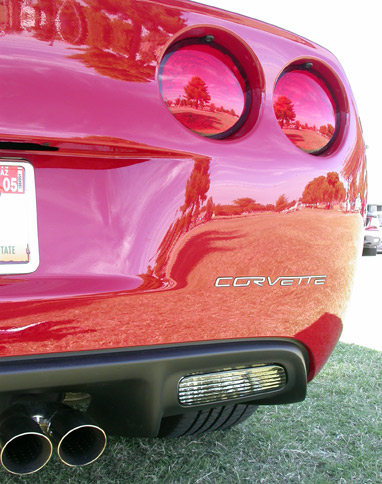
C6 "CORVETTE" Mirror Finish Rear Stainless Steel Letter Inserts, Fits all Model C6 Corvette


